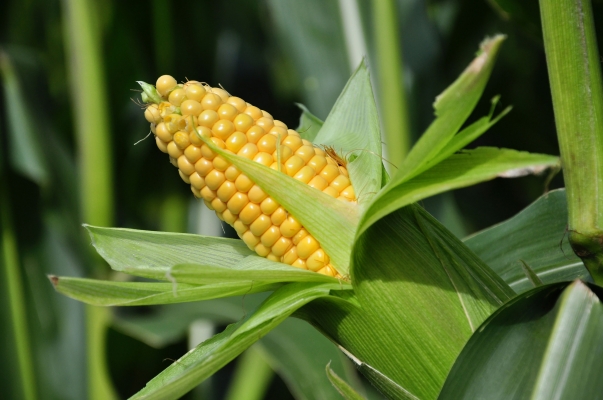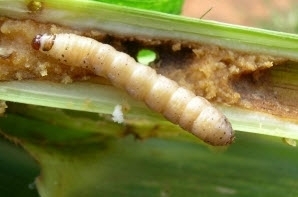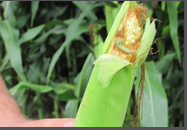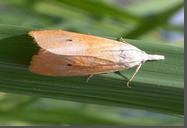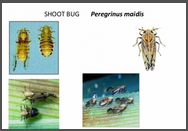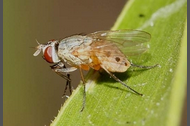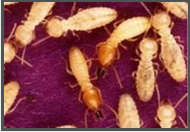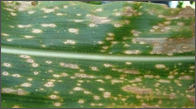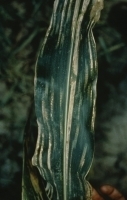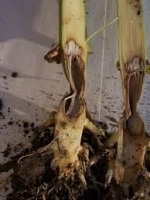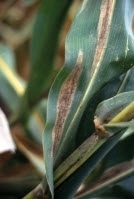Early Maturing Varieties (Ready to harvest in 80-100days)
Panchganga, Prakash, Kiran, Vivek, Sankul etc.
Hybrids
Vivek 9, Vivek 21, Vivek 27, J.H 3459, Pusa Hybrid 1, J.K 2492
Medium Duration Variety (Ready to harvest in 100-110days)
Karveer, Manjari, Navjyot,
Hybrids
Rajashree, DHM 119, DHM 117, HM 8, HM 4, PHM 4, Bio 9637
Late Duration Variety (Ready to harvest in 110-120days)
Bio 9681, HM 11, PHM 3, PHM 1, Prabhat, Shatak 9905
Sweet corn:
Madhuri and Priya: Suitable for kharif as well as for Rabi season. In Rabi season, these varieties are ready for harvest in 80-85days.
Other States varieties
P3522, P1864, KMH-25K45 (Bumper)
HM 5: Suitable for Kharif as well as Rabi season. Grains are of attractive white color. It is tolerant to frost conditions. In kharif, it give average yield of 24-26qtl/acre.
HM 6: Early maturing variety, suitable for Kharif as well as Rabi season. It is resistant to rust disease. It can survive in frost conditions. In kharif, It give average yield of 22qtl/acre.
HQPM 1: Suitable for Kharif as well as Rabi season. Grains are of yellow color and in kharif gives average yield of 23-25qtl/acre.
HHM 1: Early maturing variety, suitable for Kharif as well as Rabi season. Grains are of yellow color. It can withstand in drought conditions. In kharif it give average yield of 22qtl/acre.
HHM 2: Suitable for Kharif as well as Rabi season. Grains are of white color. In kharif, it gives average yield of 22qtl/acre.
HM 4: Baby corn variety suitable for Kharif as well as Rabi season. Baby corn and grains are of attractive color. In kharif gives average yield of 22-24qtl/acre. Baby corn yield is about 4-6qtl/acre.
HM 11: Late maturing hybrid suitable for cultivation in Kharif as well as Rabi season. Grains are of orange color. It give average yield of 24-26qtl/acre.

